If you’ve ever come across an old axe head and wondered about its history, you’re not alone. Many people find themselves intrigued by the stories behind vintage tools, and the Collins Axe is no exception. As one of the most popular brands of axes in the United States, Collins has a long and storied history that spans over 150 years. In this article, I’ll guide you through the process of dating a Collins Axe, from identifying the brand to determining its age and value.
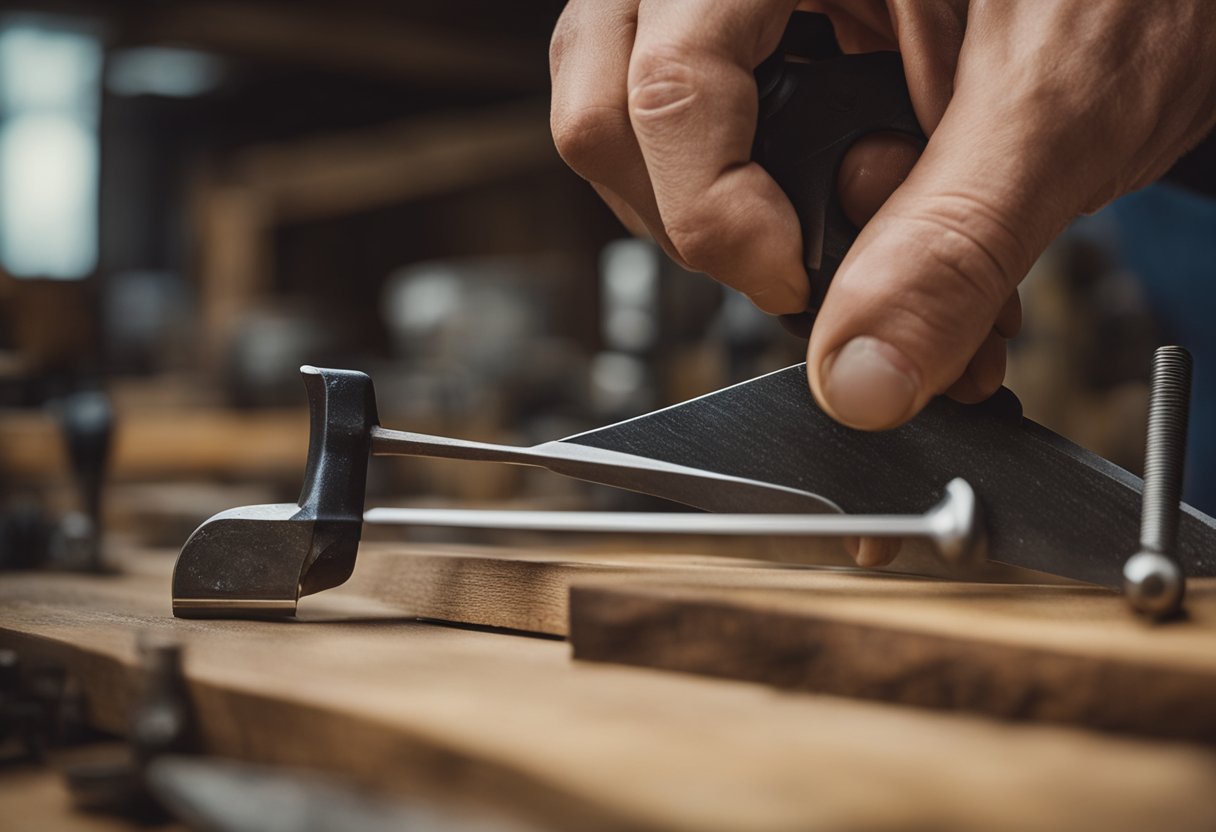
Before we dive into the specifics of dating a Collins Axe, let’s take a brief look at the history of this iconic tool. The Collins Company was founded in 1826 in Connecticut, where it initially produced edge tools like axes and hatchets. Over time, the company expanded its product line to include machetes, saws, and other cutting tools. The company’s reputation for quality and durability made it a favorite among loggers, farmers, and other outdoor enthusiasts. Today, Collins axes are highly sought after by collectors and enthusiasts alike, thanks to their rich history and superior craftsmanship.
History of Collins Axe
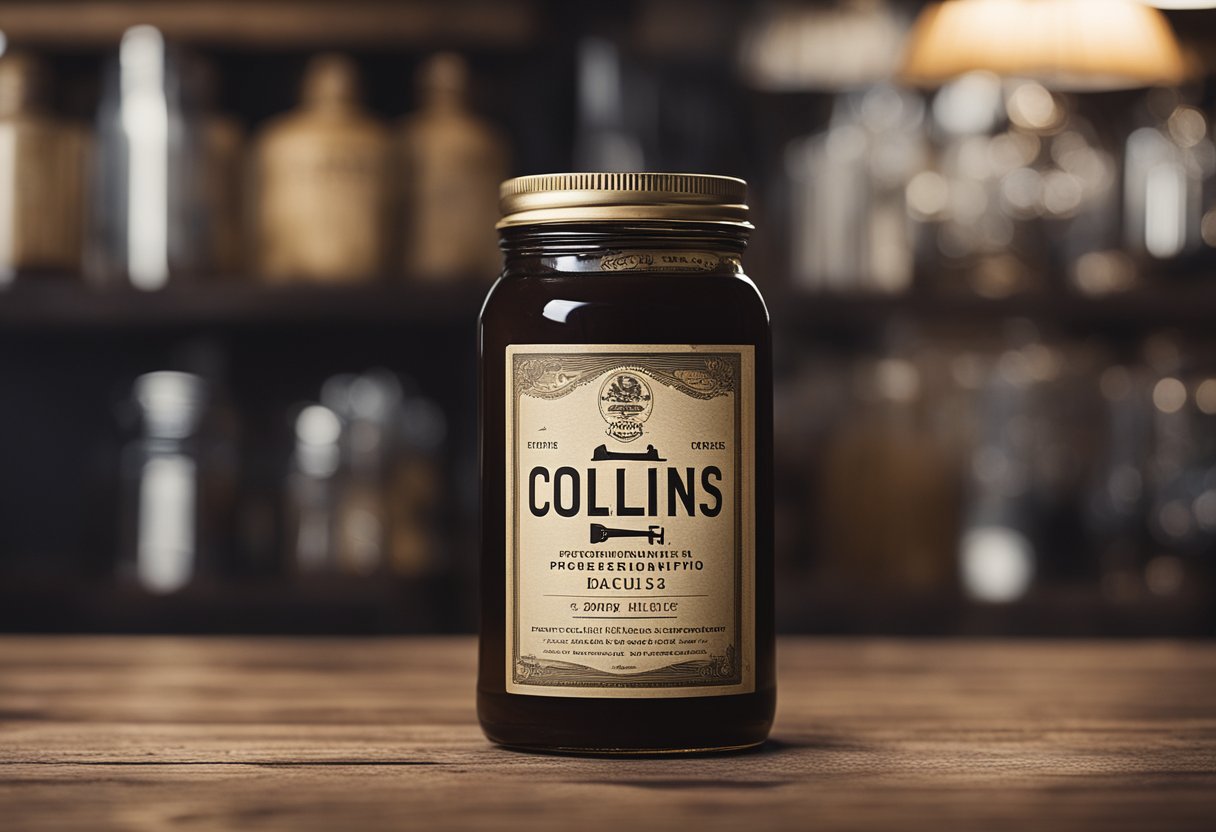
I have always been fascinated by the history of the Collins Axe. The Collins Axe is an iconic tool that has been used by woodworkers, carpenters, and farmers for over 150 years. The history of the Collins Axe can be traced back to Samuel W. Collins, who founded the Collins Company in 1826 in Connecticut, United States.
Samuel W. Collins was a blacksmith who began making axes in the early 1800s. He quickly gained a reputation for producing high-quality axes that were durable and reliable. In 1826, he founded the Collins Company, which became one of the largest and most respected axe manufacturers in the world.
The Collins Company produced a wide range of axes, including felling axes, splitting axes, and hatchets. They were known for their quality and durability, and their axes were used by loggers, farmers, and carpenters across the United States.
In the early 1900s, the Collins Company became one of the largest producers of axes in the world, with over 1,000 employees. They continued to produce high-quality axes until the mid-20th century when the demand for axes declined.
Today, the Collins Axe is still highly regarded by collectors and woodworkers. The history of the Collins Axe is a testament to the ingenuity and craftsmanship of Samuel Collins and the Collins Company.
Identifying a Collins Axe
As a collector or enthusiast of Collins axes, it is essential to know how to identify an authentic Collins axe. Here are some key things to look for when identifying a Collins axe:
Look for the Collins trademark
All genuine Collins axes have a trademark consisting of the word “Collins” above a horizontal line and the word “Tool” below the line. This trademark should be stamped on one side of the axe head near the edge. If the axe does not have this trademark, it is not an authentic Collins.
Check the model number
Collins axes often have a model number stamped on the opposite side of the axe head from the Collins trademark. This model number can be used to identify the age and type of axe.
Examine the logos and labels
Vintage Collins axes may have different logos and labels depending on the era they were produced. For example, axes produced by the Mann Edge Tool Co. before the merger with Collins in 1957 will have a different logo than those produced after the merger.
Research the brand
Knowing the history of the Collins brand and the various marks used throughout its history can help you identify an authentic Collins axe. Some vintage Collins axes may have the “Legitimus” mark, which was used before the merger with Mann Edge Tool Co. in 1957.
Check for authenticity
There are many counterfeit or fake Collins axes on the market, so it is important to be able to spot signs of inauthenticity. Look for signs of poor craftsmanship, such as uneven edges or poorly finished handles. Also, be wary of axes with model numbers that do not match known Collins models.
Overall, identifying a Collins axe requires a keen eye for detail and knowledge of the brand’s history and trademarks. By following these tips, you can confidently identify an authentic Collins axe and add it to your collection.
Types of Collins Axes
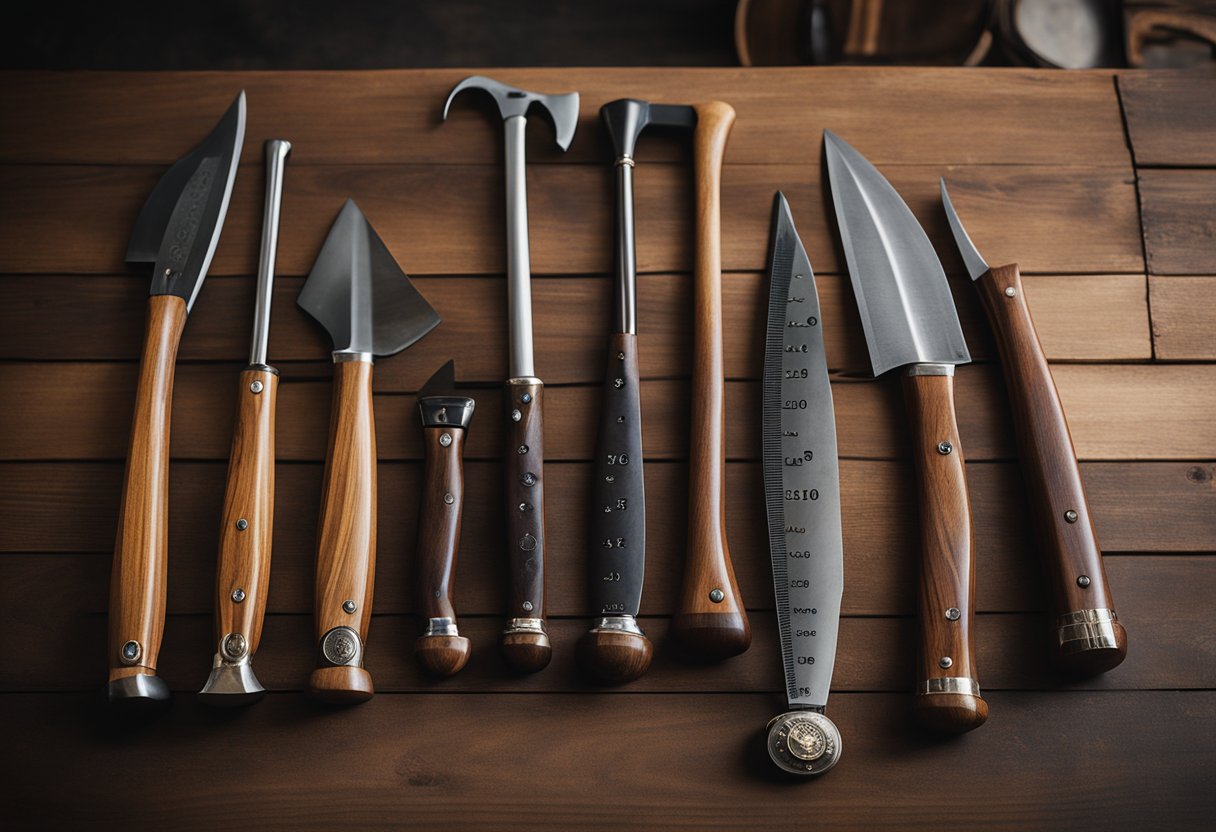
As a Collins axe enthusiast, I am familiar with the various types of axes produced by this legendary company. Collins axes are known for their quality, durability, and versatility. They come in different shapes and sizes, each designed for a specific purpose. Here are some of the most common types of Collins axes:
Felling Axe
The felling axe is a classic type of axe that is used for chopping down trees. It has a long handle and a heavy head that is designed to deliver a powerful blow. The Collins felling axe is a great choice for anyone who needs to fell trees on a regular basis.
Hudson Bay Axe
The Hudson Bay axe is a smaller and lighter version of the felling axe. It is designed for chopping smaller trees and for use in tight spaces. The Collins Hudson Bay axe is a popular choice among campers, hikers, and hunters.
Double Bit Axe
The double bit axe is a versatile tool that can be used for a variety of tasks. It has two cutting edges, which makes it ideal for chopping and splitting wood. The Collins double bit axe is a great choice for anyone who needs a reliable and durable tool for their work.
Commander
The Commander is a heavy-duty axe that is designed for tough jobs. It has a thick handle and a large head that is perfect for chopping through thick branches and logs. The Collins Commander is a popular choice among loggers and forestry workers.
Hercules
The Hercules is a powerful and durable axe that is designed for heavy-duty use. It has a thick handle and a large head that is perfect for chopping through thick branches and logs. The Collins Hercules is a great choice for anyone who needs a reliable and durable axe for their work.
Bonded Axe
The Bonded axe is a unique type of axe that is designed for precision work. It has a thin blade that is perfect for carving and shaping wood. The Collins Bonded axe is a great choice for anyone who needs a precise and accurate tool for their work.
Fleetwood
The Fleetwood is a lightweight and versatile axe that is designed for a variety of tasks. It has a thin blade that is perfect for chopping and splitting wood. The Collins Fleetwood is a popular choice among campers, hikers, and hunters.
Red Knight
The Red Knight is a heavy-duty axe that is designed for tough jobs. It has a thick handle and a large head that is perfect for chopping through thick branches and logs. The Collins Red Knight is a popular choice among loggers and forestry workers.
Rayo
The Rayo is a lightweight and versatile axe that is designed for a variety of tasks. It has a thin blade that is perfect for chopping and splitting wood. The Collins Rayo is a popular choice among campers, hikers, and hunters.
Luchador
The Luchador is a heavy-duty axe that is designed for tough jobs. It has a thick handle and a large head that is perfect for chopping through thick branches and logs. The Collins Luchador is a popular choice among loggers and forestry workers.
El Martillo
The El Martillo is a powerful and durable axe that is designed for heavy-duty use. It has a thick handle and a large head that is perfect for chopping through thick branches and logs. The Collins El Martillo is a great choice for anyone who needs a reliable and durable axe for their work.
Kromite
The Kromite is a lightweight and versatile axe that is designed for a variety of tasks. It has a thin blade that is perfect for chopping and splitting wood. The Collins Kromite is a popular choice among campers, hikers, and hunters.
Overall, Collins axes are a great choice for anyone who needs a reliable and durable tool for their work. Whether you are a logger, forestry worker, camper, or hunter, there is a Collins axe that is perfect for your needs.
Maintenance and Care
As a proud owner of a Collins axe, I know that proper maintenance and care are essential to keep your axe in top condition. Here are some tips on how to take care of your axe:
Rust Prevention
Rust is the enemy of any axe, and it can quickly ruin the blade if left unchecked. To prevent rust, keep your axe dry and store it in a dry place. If you notice any rust forming, use a wire brush to remove it and then apply a rust inhibitor.
Sharpening
A dull axe is not only frustrating to use, but it can also be dangerous. To keep your axe sharp, use a sharpening stone or file to sharpen the blade. It’s important to maintain the original angle of the blade when sharpening. If you’re not confident in your sharpening skills, consider taking your axe to a professional.
Handle Replacement
The handle of your axe is just as important as the blade. If you notice any cracks or splits in the handle, it’s time to replace it. To replace the handle, remove the old handle and then fit the new one in its place. Make sure to use a handle that is the correct size and shape for your axe.
Pre-Sharpened Axes
Some Collins axes come pre-sharpened, which is a great convenience. However, it’s still important to maintain the sharpness of the blade. If you notice the blade becoming dull, use a sharpening stone or file to restore the edge.
Sheath
A sheath is a great way to protect your axe when it’s not in use. It can help prevent rust and damage to the blade. Make sure to choose a sheath that fits your axe properly, and always store your axe in the sheath when it’s not in use.
In conclusion, proper maintenance and care are essential to keep your Collins axe in top condition. By following these tips, you can ensure that your axe stays sharp and rust-free for years to come.
Dating a Collins Axe
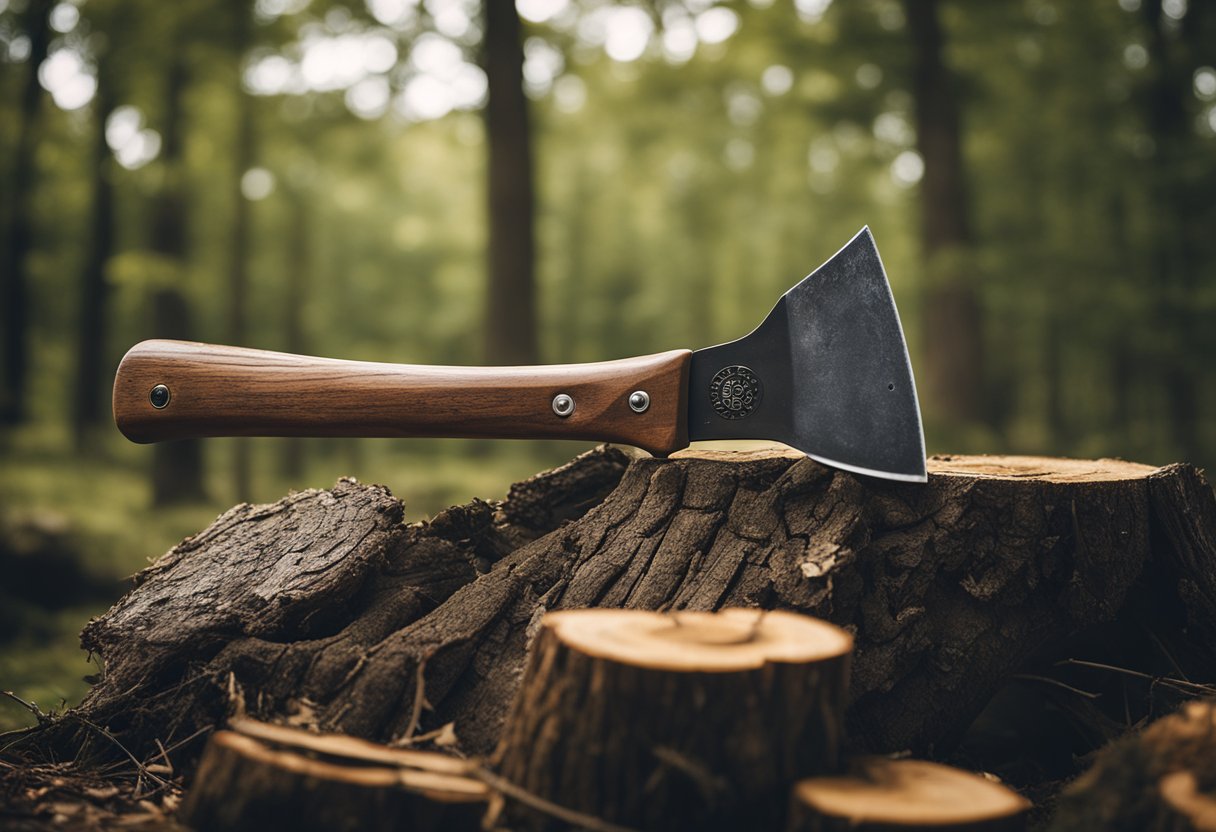
Dating a Collins Axe can be a bit tricky, but with a few helpful tips, you can determine the age and vintage of your axe with confidence. Here are some things to keep in mind when dating a Collins Axe:
Look for a Logo
One of the easiest ways to date a Collins Axe is to look for a logo on the blade. The Collins Legitimus logo is the most common logo found on Collins Axes, and it can help you determine the age of your axe. The earliest logos were stamped with “Collins & Co.” and “Hartford” in the 1820s. Later logos included “Collins & Company” and “Hartford” in the 1830s, and “Collins & Co.” and “Hartford, Conn.” in the 1840s. The logo changed again in the 1930s to “Collins & Company” and “Hartford, Conn. U.S.A.”
Check the Shape of the Axe
The shape of the axe can also help you determine its age. Early axes had a straight handle, while later axes had a curved handle. The blade shape also changed over time. Early axes had a wide blade with a shallow curve, while later axes had a narrower blade with a deeper curve.
Look for a Patent Number
If your Collins Axe has a patent number, you can use it to determine the age of your axe. The first patent number used by Collins was 1,628, issued in 1861. The patent number changed several times over the years, so it’s important to do some research to determine the age of your axe based on the patent number.
Research the History of Collins Axes
Researching the history of Collins Axes can also help you determine the age and vintage of your axe. Collins Axes were first produced in the 1820s, and the company went through several changes over the years. The company struggled financially and eventually went bankrupt in 1966. Today, Collins Axes are highly prized by collectors and enthusiasts for their quality, history, and craftsmanship.
By following these tips, you can confidently determine the age and vintage of your Collins Axe. Remember to take your time and do your research to ensure that you have accurate information about your axe.
Value and Auctioning
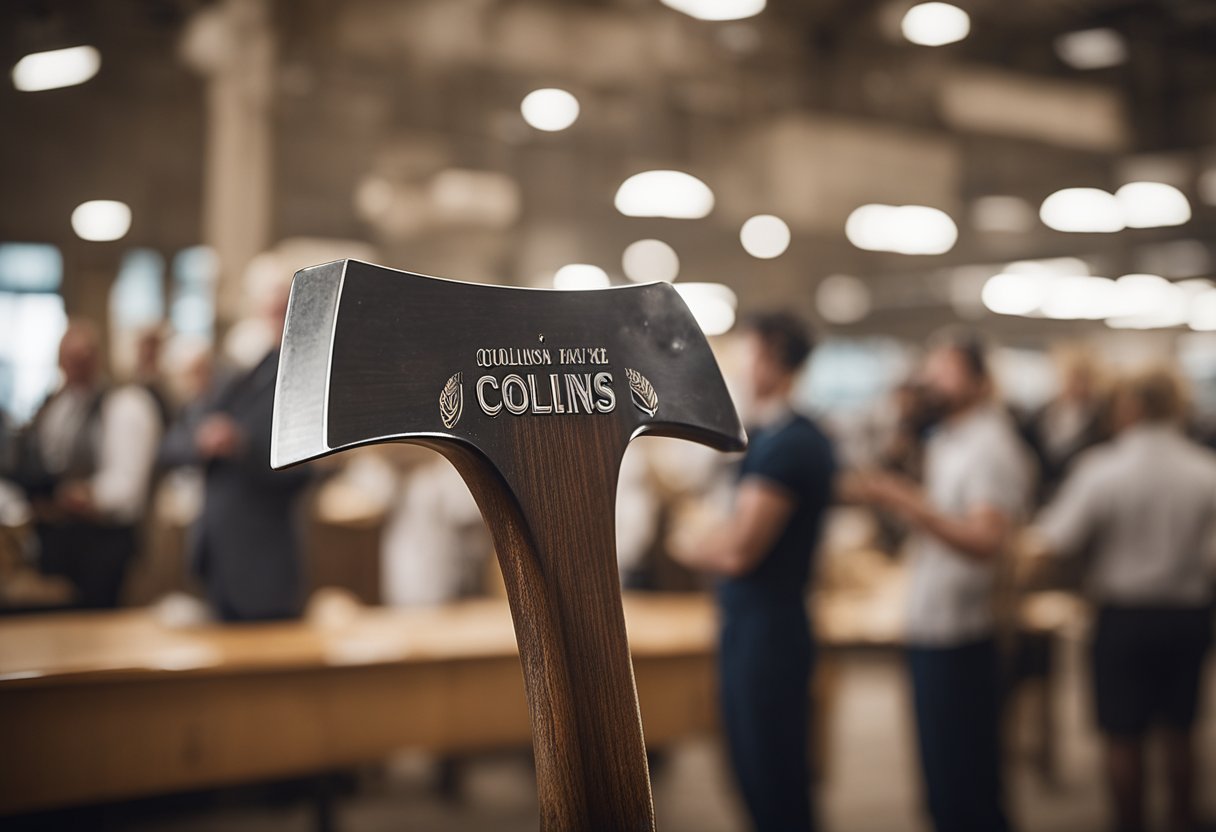
When it comes to vintage axes, the value of a Collins axe can vary greatly depending on its age, rarity, and condition. A high-quality Collins axe in good condition is likely to be worth more than a worn-out or damaged one. It’s important to do your research and consult with experts to determine the value of your Collins axe before auctioning it off.
One way to determine the value of a Collins axe is to look at recent auction sales of similar axes. Online auction sites like eBay can be a good resource for this. Look for axes that are similar in age, condition, and rarity to your own and see what they sold for. This can give you a good idea of what your axe might be worth.
Another way to determine the value of a Collins axe is to consult with experts in the field. There are many antique dealers and collectors who specialize in vintage axes and can provide you with an accurate valuation. They can also advise you on the best way to auction off your axe to get the highest possible price.
In the end, the final verdict on the value of your Collins axe will depend on a number of factors, including its age, rarity, condition, and historical significance. By doing your research and consulting with experts, you can ensure that you get the best possible price for your vintage Collins axe.
Competitors and Alternatives
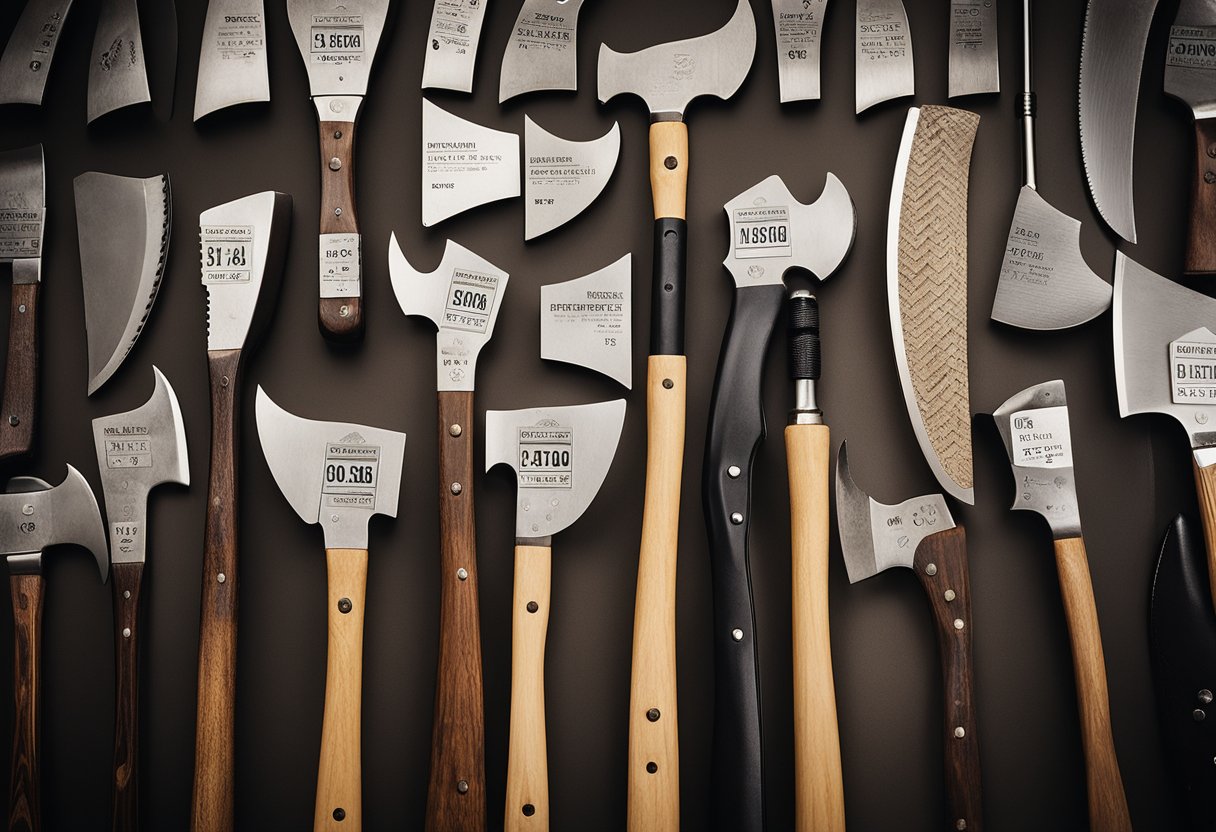
When it comes to axe manufacturing, Collins was not the only company in the game. There were many competitors and alternatives that offered similar products, but Collins was able to set itself apart from the rest with its superior quality and craftsmanship.
One of the biggest competitors of Collins was Truper Herramientas, a Mexican company that specializes in manufacturing hand tools. Truper Herramientas offers a wide range of axes that are similar to Collins, but they are typically priced lower. However, the quality of Truper Herramientas axes is not as good as Collins, and they are not as highly sought after by collectors and enthusiasts.
Another competitor of Collins is Stanley Tools, a well-known American company that produces a variety of hand tools. Stanley Tools offers a few different types of axes, but they are not as high quality as Collins axes. Stanley Tools axes are typically priced lower than Collins axes, but they are not as durable or long-lasting.
In Mexico, there are many other companies that produce axes, but they are not as well-known or respected as Collins. These companies typically produce lower quality axes that are not as durable or long-lasting as Collins axes.
Overall, while there are many competitors and alternatives to Collins axes, none of them can match the quality, history, and craftsmanship of Collins. Collins axes are highly sought after by collectors and enthusiasts, and they are considered some of the best axes ever made.
Frequently Asked Questions
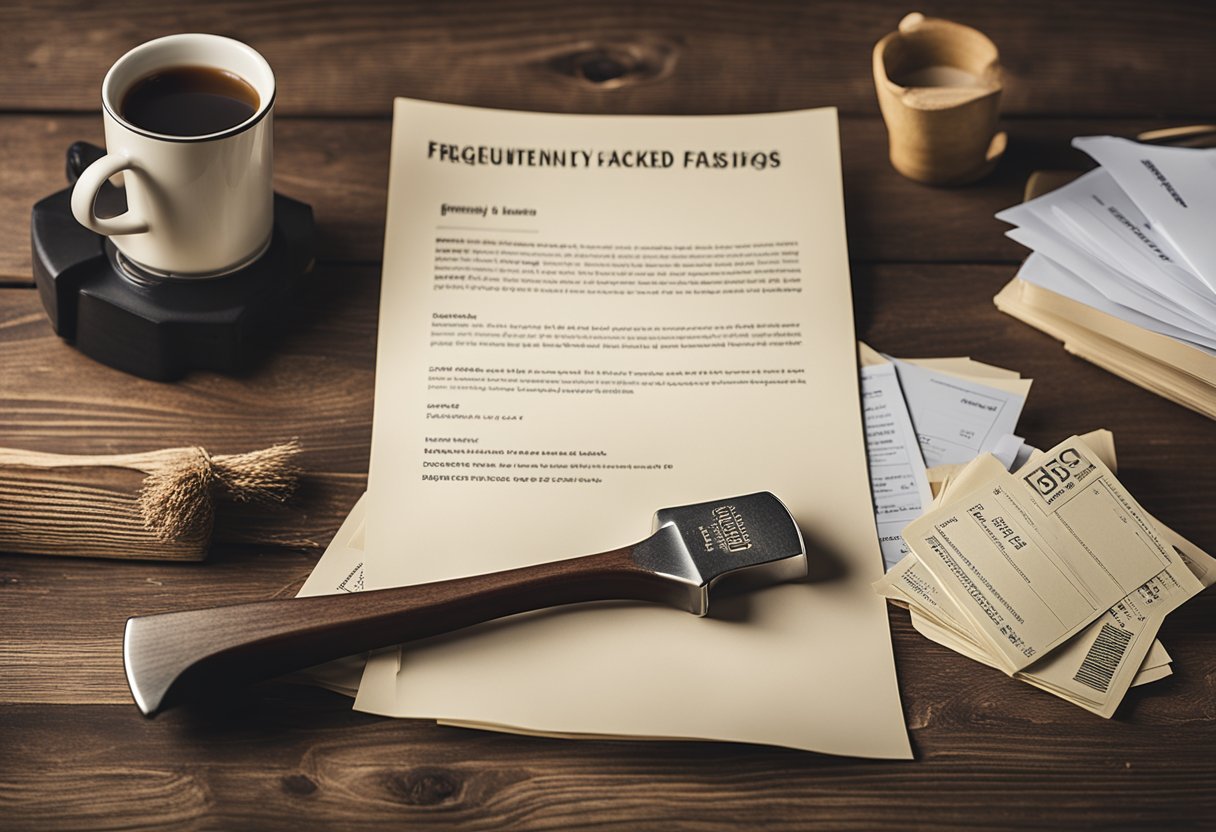
What is the history of Collins axes?
Collins Axe Company was founded in 1826 and has been producing high-quality axes for over 200 years. The company was originally based in Connecticut, but later moved to Pennsylvania. Collins axes have been used by loggers, foresters, and outdoorsmen for generations.
What is the significance of the Collins Legitimus logo?
The Collins Legitimus logo is a mark of authenticity and quality. It was used by Collins Axe Company from 1875 to 1966. If you find a Collins axe with the Legitimus mark, you can be confident that it is a genuine Collins axe.
How can I identify the age of my Collins axe?
Identifying the age of a Collins axe can be challenging, but there are a few things to look for. The most obvious is the Legitimus mark, which can help you narrow down the age of the axe. Other things to look for include the shape of the axe head, the style of the handle, and any markings or stamps on the axe.
Is Collins axe company still producing axes?
No, Collins Axe Company is no longer producing axes. The company was sold to Mann Edge Tool Company in 1966, and the Collins brand was eventually discontinued. However, there are still many vintage Collins axes available on the market.
What is the difference between a Collins Brush Axe and a regular axe?
A Collins Brush Axe is designed for clearing brush and undergrowth, while a regular axe is designed for chopping wood. The blade of a Brush Axe is wider and flatter than a regular axe, which makes it easier to clear brush and other vegetation.
Does the weight of an axe affect its performance?
Yes, the weight of an axe can affect its performance. A heavier axe will deliver more force with each swing, which can be useful for chopping thick or hard wood. However, a lighter axe may be easier to handle and more maneuverable, which can be useful for tasks that require more finesse. Ultimately, the best axe for you will depend on your personal preferences and the tasks you will be using it for.

Hi, I’m Sal Muller of Tooltrip.com. My DIY experience led me to understand essential power tools for home projects. Tooltrip.com guides enthusiasts and professionals in choosing right tools for any job. I provide concise top tool reviews for easier, efficient DIY.

